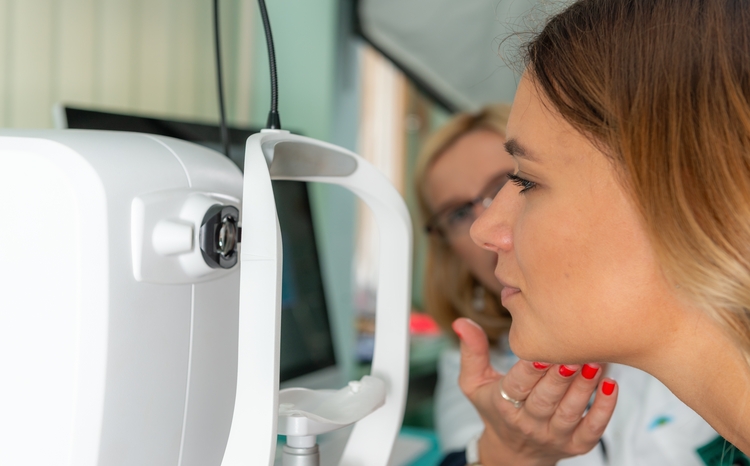VDE paper supports telemonitoring for diabetics
- 19 March 2008
German industry association, VDE, has published a paper on telemonitoring for diabetic patients.
The paper urges politicians to make greater use of telemonitoring technology in order to reduce long-term complications of diabetes and costs for diabetic patients.
The main function of telemonitoring in diabetes is to transmit blood sugar levels electronically, via landline or mobile phone, into web-based personal health records (PHRs). In this way the data can be accessed either by the physician that treats the patient or, alternatively, by a 24/7 call centre.
VDE states that around 9% of European adults have diabetes. According to the paper, these patients are responsible for up to 30% of the total healthcare spending across the different healthcare systems.
“For Germany alone it is estimated that the overall costs of diabetic patients for the social system are at about €22.3bn annually”, said Reinhart Hoffmann, head of the German Diabetic Foundation (Deutsche Diabetes-Stiftung).
More than half of this, he said, is related directly to treatment, for example costs of hospital beds, medication and management of complications. The remaining costs are indirect and come from work loss and early retirement.
“It is pretty obvious that telemonitoring of diabetic patients can reduce complications by optimising insulin therapy and thus blood sugar control”, said Harald Korb, cardiac surgeon and medical director at the German telemonitoring provider Vitaphone.
As one of the biggest European industry associations focused on the IT and electronics sector, VDE is interested in telemonitoring because several big industrial players are trying to establish themselves as telemedicine providers in Europe. Apart from PHTS and Vitaphone in Germany, this includes the US medtech giant Medtronic.
Medtronic launched its web-based CareLink platform in Europe at the end of last year. Currently it is only offered to patients with implantable defibrillators, but the real money lies in diabetes and, in the US, CareLink is successfully used to monitor the condition already.
The other relevant player in the emerging market for diabetes telemonitoring, is the Geneva-based Roche corporation, a company engaged in both the diagnostic and therapeutic side of the diabetes business.
Roche has a subsidiary, Emminens Conecta, of which Vodafone is a minority shareholder, that deals specifically with telemedicine and telemedical call centres.
Emminens aims to establish its web-based ‘Conecta’ service as an international solution to diabetes telemonitoring. So far, clinical studies have mainly been run in Spain.
“We had one study with more than 300 patients that showed that Conecta can reduce both HbA1c and body mass index in difficult to treat diabetes patients”, said Christoph Cronrath, head of New Business Initiatives at Roche at a VDE-event in Hannover.
A second study, which included 100 pregnant women with diabetes, showed that the number of doctor consultations could be reduced significantly without compromising treatment outcome.
Cronrath said that the amount of savings telemonitoring in diabetes could yield was in the €1 billion range.
This calculation is based on numbers from German health insurance companies suggesting that a diabetic patient with an HbA1c of above 7.5% costs an average of €7500 to 10,000 a year, as compared to a diabetes patient with an HbA1c of below 6.5% who comes at around €1000 a year.




